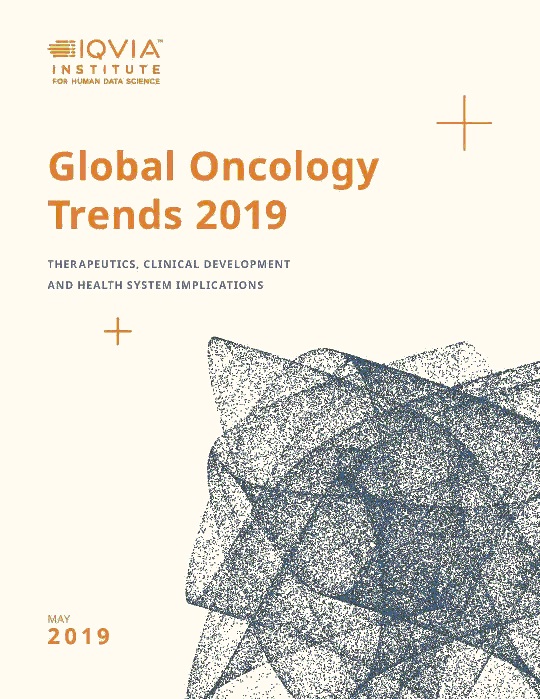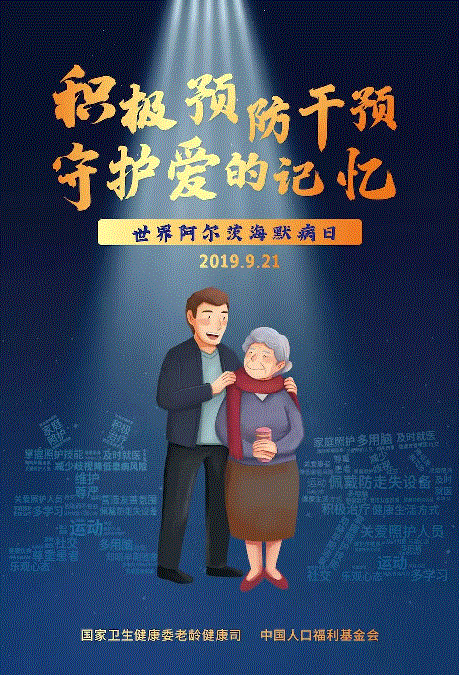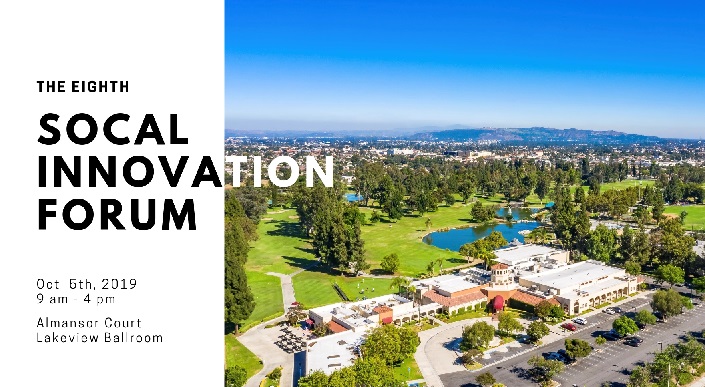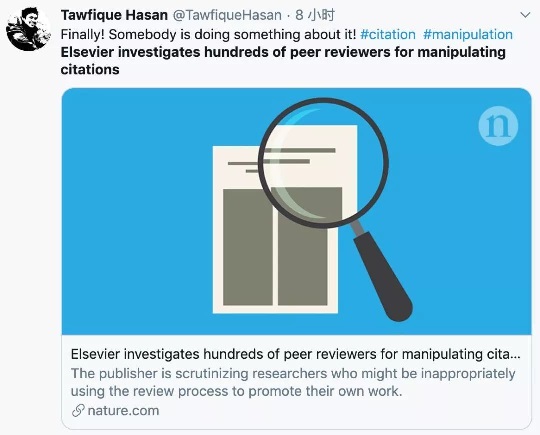延伸阅读:柯恒,“续签《美中科技合作协议》不是问题”
Renewing the US-China STA is Not the Question
BY MARK COHEN 2023/08/13
On August 7, 2023, the Berkeley Center for Law and Technology hosted a three-hour webinar on renewing the US-China Science and Technology Agreement(STA). The agenda and other materials are available here. A video of the webinar will appear shortly on the website as well.
The webinar discussed such topics as the structure of the current STA, the evolution of China’s science environment, and how the US could benefit from cooperating with China. The program was keynoted by Dr. John Holdren, the former Director of the Office of Science and Technology Policy in the Obama Administration. Dr. Holdren was joined by several former government officials and academics who follow US-China technology relations, including myself. Our audience consisted of over 300 people from throughout the world. In general, our view was that as peer competitors, the United States now has much more to learn from China in areas where it excels. We have also learned that cross-border collaborative research often tends to be of the highest quality (see Caroline Wagner’s paper). As China becomes a hub of scientific collaboration, it is important that the United States remains a part of that collaborative community.
The STA expires on August 27, 2023. In its original form, it was the first bilateral agreement signed after the normalization of relations in 1979. It has both symbolic importance and practical significance in facilitating bilateral science cooperation between the US and China. Republicans in Congress have already written to oppose its renewal. The Biden Administration has been unresponsive to inquiries about accomplishments and challenges under the current STA.
Intellectual property protection was a controversial element of the current STA. To address IP-related issues, the current STA was amended from prior versions. Certain IP concerns had originally been raised by me when I was at the USPTO. I opposed renewing the STA unless it was revised to address unclear ownership standards for technological improvements arising from collaborative research. Those concerns arose from the conflict between the Chinese Administration of Technology Import/Export Regulations(the TIER)and the STA. The TIER required that China own any improvements to technology developed in China; the STA mandated equitable sharing arrangements. Moreover, the Ministry of Science and Technology(MoST)alone could not resolve this conflict. The TIER was a regulation adopted by the State Council and was therefore legally superior to the MoST-drafted and negotiated STA. Higher-level political involvement was necessary.
The current STA was renewed during the Trump administration in September 2018, which was about six months after the United States initiated WTO dispute procedures with China regarding the TIER. To address the TIER issue, a revised STA contained numerous workarounds of the conflict, including a provision calling for UNCITRAL arbitration in the event of a dispute. During the time when I was in the government, MoST exercised a positive role in seeking to address our concerns. I met with MoST, the Chinese Academy of Sciences, agricultural research officials, and other users of the patent system regularly when I represented the USPTO at the US Embassy. Perhaps MoST involvement also helped facilitate the TIER finally being revised in March 2019.
A new STA should also include better management, better coordination, and increased candor, as I briefly discuss below:
Improving the STA. The current text refers to a 1967 WIPO Convention defining intellectual property. This convention is 12 years behind a similar agreement of 1979, which is old compared to the TRIPS Agreement, which also needs to be updated. Among the updates that are needed are provisions to address the role of data, including biometric data, comprehensive trade secret measures, open-source models for innovation, the role of international standards and innovation, and protection of biological resources – to name but a few. A revised model STA could also help to modernize US scientific collaboration with our other global partners. Its implementation could also ensure that the United States remains internationally engaged, which is where some of our best research occurs.
Better management. Much of the work product from the STA materializes in jointly published papers or other output. The STA should provide for stronger regular oversight provisions, including monitoring and reporting of patent filings and publications from collaborative research. The current framework for publishing papers may also need some adjustment. Differences in grace periods between the US and China could also make it difficult to prosecute patents in China once they have been disclosed in a publication there. Issues involving data security, foreign filing licenses, and tech transfer will all need to be worked through. The team should also work through any legal impediments to collaborative research so that issues do not take 17 years to resolve, as was the case with the TIER.
The US government also needs to better monitor patent filings and grants. When patentable ideas are developed, the team should also work to ensure patenting in the United States and other relevant markets as well as commercialization where appropriate. Prof. Joanna Lewis’ research on clean energy collaboration with China under a prior STA showed that Chinese researchers filed patents in the United States, but United States researchers did not file patents in China. While I was working at the USPTO prior to the STA renewal(around 2017), the PTO analyzed patent filings made at the USPTO where there was a disclosure of the US government and a Chinese-resident coinventor. We found that there were over 400 granted patents meeting those two criteria. The patents originated with NSF, NIH, DOE, and other government sources. In at least two instances, we found Chinese patents filed by the Chinese collaborator that appeared to be improvements upon the original US government-sponsored filing but failed to cite the earlier US patent and did not reflect any US interest in the issued patent. In fact, two researchers involved in one of those patents were recently cited in a recent Strider report regarding national security issues in bilateral cooperation(available on the BCLT website).
National security concerns by themselves should not derail the renewal of the STA, although they can affect the type of cooperative activities both sides undertake. In addition, as John Holdren noted in his keynote, STA collaboration can provide important windows into the state of Chinese scientific research to better assess our own competitiveness.
Elimination of the TIER does not mean that other legal issues involving bilateral cooperation have been resolved. For example, the “Regulations on Inventions and Creations Completed by Chinese Scholars Abroad”(1986)(see the BCLT resources page)requires Chinese scholars overseas to reveal potential patent disclosures to the Chinese embassy in certain circumstances. It should be addressed in the context of our scientific collaborations with China. I also believe that we should strongly encourage CNIPA to drop its procedures that permit anonymous filings of patents, which thereby facilitate the conversion of trade secrets into patents against the interests of the rightful innovator.
Better coordination. I was pleased to hear Dr. Holdren praise USPTO’s involvement in the US-China Innovation Dialogue. At the same time, there were critiques of trade policy discussions in that venue. I believe that innovation discussions need to be led by the science agencies in the US government. However, other agencies, the private sector, universities, and state governments involved in STA-sponsored projects may need to be involved.
More candor. A good first step would be for the White House to report on the accomplishments and challenges of the current STA. While we had a good discussion on August 7, it would also have been better informed if we had been provided with updated data.
There are risks to not collaborating with an emerging science superpower. There are also risks if we do collaborate. A newly imagined bilateral mechanism for managing the science and technology relationship with China could bring significant benefits to both countries while at the same time mitigating a range of IP and science-related risks. The proper question is not whether we should renew the STA but whether we can effectively manage and cooperate with China in science and technology. If we wish, we can begin with some of the least risky / most beneficial types of scientific cooperation and build from there. This could also be a good step toward repairing a badly fractured relationship.




























